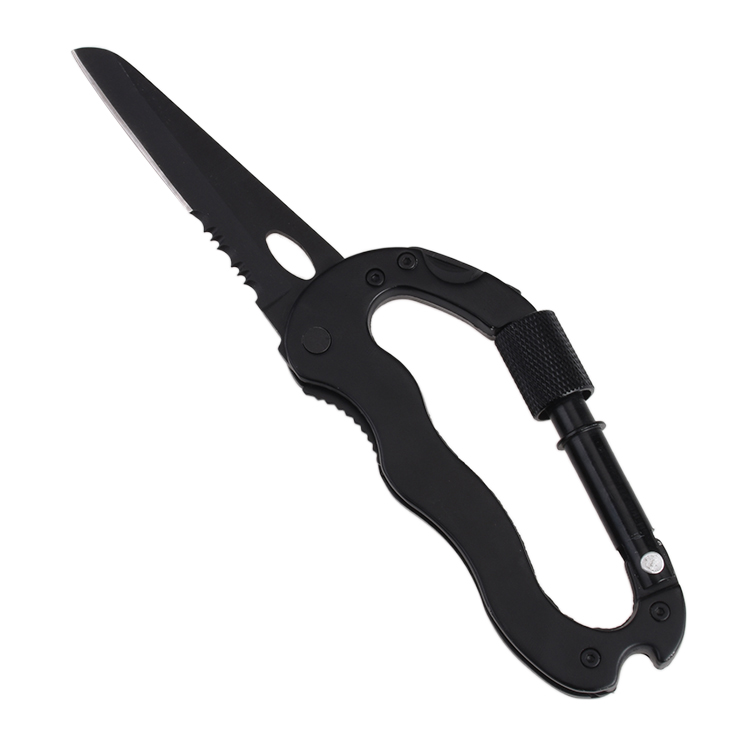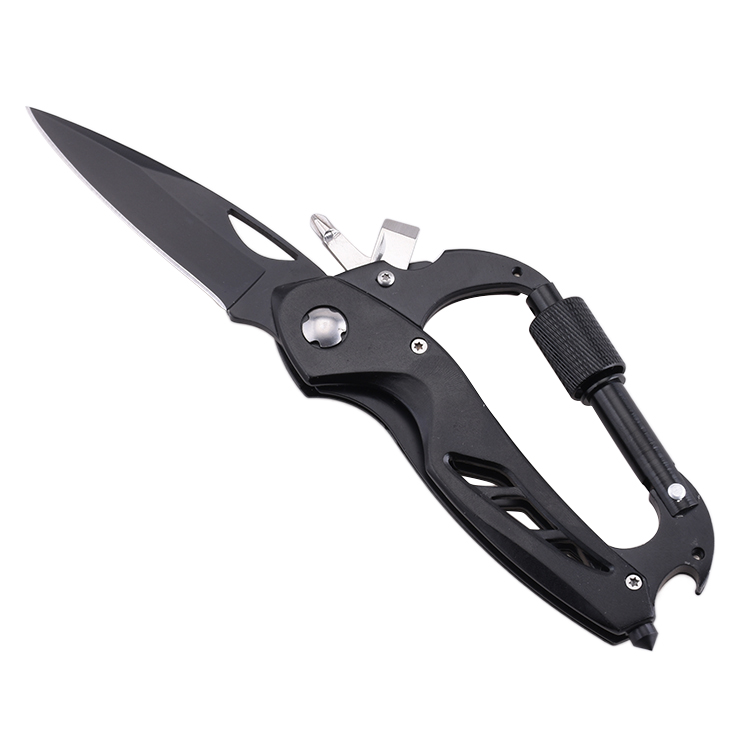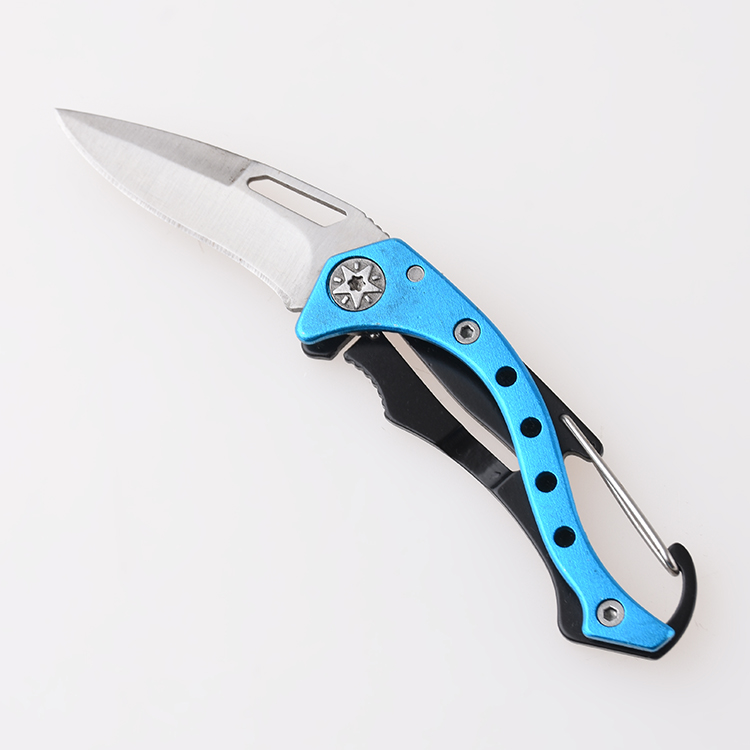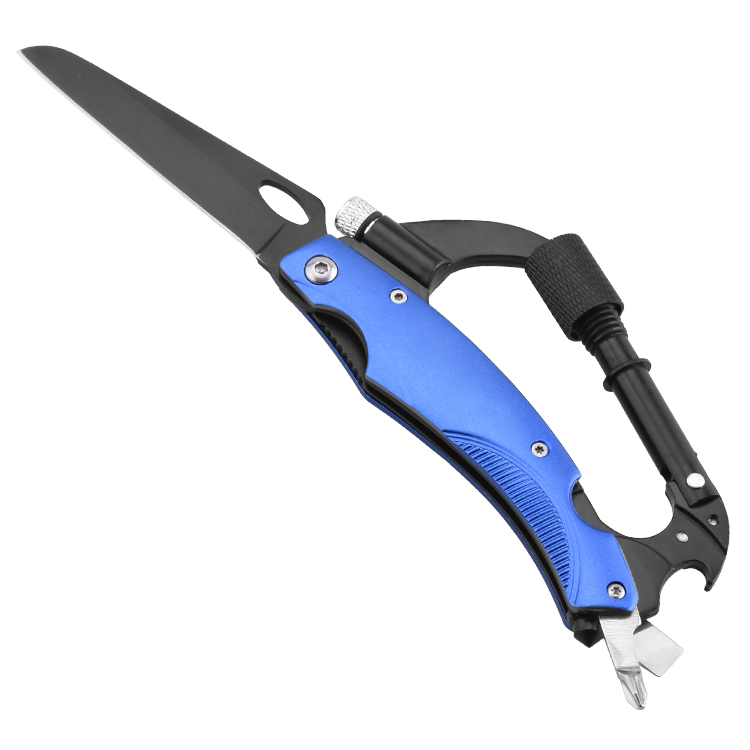Carabiners have come a long way, evolving from obscure utility implements to ubiquitous, multi-purpose tools used in an astounding variety of applications. Originating centuries ago as hooks for maritime and military purposes, these deceptively simple metal loops would go on to enable early mountaineering achievements and ultimately become standard accessories for climbers and non-climbers alike.
We’ll explore how the carabiner transformed from an obscure naval and army supplier item to an indispensable piece of equipment for both recreational and professional activities. Along the way we’ll learn about innovations in carabiner shapes, gate designs, materials and strength testing that allowed their extensive adoption beyond climbing. Finally, we’ll appreciate how these products advanced from plain utilitarian tools into both literal and symbolic cultural items.
The Origins of Carabiners
Early Uses and Inventions
The earliest carabiners served purely practical functions. As far back as the 1700s and 1800s, militaries issued metal clips to quickly and temporarily connect equipment to men or mounts. The British Royal Navy also used sprang-loaded “snap hooks” with pulley wheels to efficiently secure rope lines when mooring ships.
The term “carabiner” likely originated from the German word “Karabiner”, referring to a spring-opening rifle clamp. This could attach the rifle to bandoliers, belts or straps for greater mobility and faster aiming. The clips also enabled horse-mounted soldiers to easily connect and disconnect their firearms.
First Recorded Designs
Documentation reveals that metal snap hooks emerged as early as 1790. An ice axe circa 1860 incorporates an iron carabiner to allow leash-free climbing. Steel carabiners then appeared in the 1800s for industrial rope access applications like window washing equipment. These initial incarnations focused on metal strength, durability and corrosion resistance rather than weight savings.
Evolution of Carabiners in Climbing
The carabiner’s immense utility appealed to intrepid early mountaineers who incorporated this multipurpose connector into their gear. Their feedback drove vast improvements, forcing innovations in carabiner design focused on climbers’ unique demands. Soon these products became indispensable climbing tools.
Introduction to Mountaineering
As technical mountain ascents became more ambitious during the 1800s “Golden Age of Alpinism”, climbers adapted carabiners to securely link themselves and equipment to ropes. Extreme rock and ice terrain required easily connecting and disconnecting numerous items under unpredictable conditions. Carabiners perfectly served that need.
Legendary figures like Edward Whymper used carabiners during landmark first ascents as they explored the alpine frontiers. The products afforded huge flexibility advantages over fixed gear or knots. Whymper made significant contributions to encourage the use of lighter carabiners and braided rope – such crucial contributions that enabled his epochal 1865 Matterhorn first ascent. Whymper’s contributions were more focused on climbing techniques and equipment design, rather than the specific innovations of carabiners.
Technological Advancements
Climbers sparked successive innovations as they pushed into ever more vertical realms. The harsh demands of those environments drove rapid improvements to early carabiners’ size, shape, weight, friction, gate clearance and usability with gloves or in awkward positions:
- Aluminum Alloys: Aluminum, stronger yet lighter, began to gain traction in the 1920s, with its use in climbing gear becoming widespread after World War II, easing climbers’ burdens with lighter loads. Aircraft-grade aluminum later provided the high strength-to-weight ratios essential for advanced designs.
- Ergonomic Shapes: The classic symmetrical D shape evolved into asymmetrical, pear-shaped and oval carabiners by the 1950s and 60s. Offset designs aligned more naturally with equipment and ropes.
- Swivel Ladders: Friction with ropes and gear accelerated wear and tear. Implementing swivel ladder hooks rotated contact points, increasing durability.
- Wire Gates: Steel gave way to lighter wire gates on some models. Though more prone to deforming, these afforded easier clipping and clearance.
Custom carabiner designs catered to specialized uses like bolted climbs (quickdraws), belay/rappel setups (HMS carabiners) and big wall hauling systems. Shapes aligned better with specific gear, ropes or anchoring needs.
Safety and Standardization
As carabiners became essential climbing links rather than optional accessories, product testing and safety oversight increased accordingly. Standardized ratings emerged so users could compare options and determine appropriate usage parameters.
Critical innovations included:
- UIAA Certification (1965): The International Mountaineering and Climbing Federation implemented standardized testing methods and ratings like major-axis strength. Carabiners meeting UIAA approval reassured climbers of their rated capabilities under rigorous survivable falls.
- Locking Gates (1970s): Spring, twist and threadlock gate mechanisms prevented accidental opening, critical for anchoring and belay situations.
- CE Rating: The CE system provided an independent assessment with consistent criterion across manufacturers.
Together these developments transformed carabiners from an unpredictable hobbyist accessory into a certified, systematically engineered piece of safety equipment.
Carabiners in Modern Applications
Beyond Climbing: Expanding Uses
The 90s and 2000s witnessed carabiners explode into widespread use across multiple industries, sports and daily activities as designers recognized their versatility beyond climbing contexts:
- Work At Height: Scaffolders, arborists, window cleaners, tower technicians and rescue personnel adopted carabiners to securely connect themselves and tools to anchors when working aloft. Locking carabiners prevented catastrophic equipment detachments.
- Sailing: Sailors utilize carabiners to quickly attach and adjust rigging, sails, safety tethers and gear on marine vessels from dinghies to Tall Ships.
- Public Safety: Firefighters/paramedics clip gear like radios and flashlights onto their turnout coats when responding to emergencies. Police and military also employ carabiners to link combat essentials.
- Zip Lines & Adventure Parks: High strength locking carabiners with tripple action gates provide safe connections on aerial ropes courses.
- Fitness: Gym rats attach keys, towels and water bottles to bags and equipment via carabiners to keep valuables off the floor. The clips add organization and convenience.
- Travel: Backpackers thread carabiners through zipper pulls to deter thieves. Photographers dangling camera straps from carabiners avoid neck strains over long shoots. Commuters and school kids clip key bundles so they don’t get lost inside bags.
- EDC (Everyday Carry): Originating from military and emergency responder habits, carrying daily pocket tools, knives, lights and assorted EDC gear on one’s person became a cultural phenomenon. Carabiners conveniently link these items to keychains, straps or bags.
Design Innovations and Specialized Carabiners
Ongoing innovations tailor carabiners to an ever-wider range of situations:
- Auto Locking: Spring or twistlock gates automatically lock closed after clipping to prevent accidental detachments when distracted or moving quickly. Popular for securing tools aloft.
- Magnetic Gate: Powerful rare earth magnets securely hold gates shut, while still allowing one-handed operation. Maximizes gate clearance when clipping gear.
- Wire-Lock: A spring-loaded internal wire secures the gate but allows quick one-handed clipping. Popular for quickdraws where gates must open wide.
- Bent Gate: Angled gates speed clipping rope for lead climbers and reduce gate flutter when descending or hauling.
- Lightweight: Exotic materials like titanium alloys, Dyneema fiber and carbon fiber composites shave every possible ounce for ultralight ascents.
- Modular: Interchangeable amorphous carabiners adapt to shifting needs via customizable gate, fastener and attachment accessories.
- High Strength: Robust steel super-carabiners withstand over 50kN force for demanding work at height and rescue applications.
Customizable carabiner blades like those made by Bouclier accommodate an ever-expanding range of environments and requirements via tailored specifications. Whether an item needs ultralight portability or max strength, there’s probably a carabiner suited for it. Modular and specialized designs will continue pushing versatility boundaries even further.
Cultural Impact of Carabiners
Symbolism and Popular Culture
Initially obscure utility implements, carabiners are now globally recognized icons symbolizing resilience, preparedness, problem solving aptitude, adventurousness and resourcefulness.
Their presence in movies, television shows, marketing and art reveals public perception shifting as carabiners transformed from unremarkable metal pieces into both literal and metaphorical vehicles enabling connection and achievement:
- Resilience: FBI agents in The Silence of the Lambs inform investigator Starling that serial murderer Buffalo Bill was placed in a children’s mental asylum for torturing animals. The admission note tellingly revealed “Billy caught a squirrel once and carried it around in his pocket for three days attached to a string on a carabiner before his mom made him let it go.” This macabre vignette horrifically showcases the grim determination and problem solving skills embodied by carabiners.
- Adventure: In Disney’s animated movie Frozen, intrepid mountaineer Kristoff and his trusty reindeer Sven ambitiously venture into icy unknowns to help Princess Anna. Carabiners visibly hang from the duo’s climbing harness and backpack, signaling their daring embrace of high-consequence environments.
- Ingenuity: Stranded in the African desert in The English Patient, Count László Almásy fashions a makeshift carabiner out of scrap metal, illustrating resourceful improvisation and inventiveness.
- Preparedness: Post-apocalyptic zombie fighters in The Walking Dead utilize carabiners to silently secure critical survival tools like knives, avoiding noisy rattling that risks attracting undead walkers.
Appearances across such contexts spotlight the carabiner’s evolution into a symbolic token representing human qualities society increasingly admires and encourages.
Carabiners as a Lifestyle Accessory
No longer purely practical implements, carabiners now integrate into modern aesthetics as embellished fashion accessories and status symbols. Aficionados collect exotic high-end carabiners much like watches, showcasing beautiful anodized colors, polished finishes and stylized shaping.
These lifestyle items adorn backpacks in college classrooms, dangle from designer handbags on Milan runways and conspicuously rattle on trousers in London business casual offices. Gear obsessed influencers flaunt anodized carabiners on Instagram right alongside the latest smartphones and smartwatches.
Yet despite the extravagant aesthetics, carabiners still convey familiar resonances of cleverness, capability and resilience. They retain fundamental utilitarian DNA linking people to tools tracing back centuries. In essence, carabiners let everyday individuals feel subtly connected to profound human achievements like the Eiffel Tower’s construction or Everest’s first ascent.
Even as societies increasingly emphasize digital domains, the tangible tactility of a metal carabiner ground users in physical realms where adroit resourcefulness holds tangible power to overcome daunting challenges through simple physics.
Perhaps more than any previous human invention, the ubiquitous carabiner tangibly links modern professionals, creatives and innovators to pragmatic problem solvers across centuries of civilization. These diminutive metal products enables both literal and figurative connections to people, tools and the environment itself.
Conclusion: The Enduring Legacy of Carabiners
The modest carabiner’s longevity and ubiquity across such diverse modern contexts powerfully attests to its versatile utility bridging people to tools across virtually any endeavor.
From sailors battling Atlantic storms 300 years ago to scientists installing meteoritic atmospheric sensors today, carabiners persistently facilitate ambitious human objectives by enabling progress step by step. The deceptively straightforward concept of linking two objects via an exemplary connector thrives technologically and culturally over 300 years on.
It’s astounding to realize humankind’s long chain of achievements across countless disciplines contains links of carved wood, wrought iron, stamped steel and machined aluminum. The carabiner’s elegant fusion of simplicity and strength continues unleashing human imagination. Indeed, for any consequential endeavor, this ubiquitous little clip merits a pivotal place alongside lever, fulcrum and wheel as essential prime movers.
Carabiner culture thrives via outlets like Bouclier offering discerning customers high-end EDC tools alongside OEM products purpose-built for specialized niches. Passionate staff understand refined craftsmanship channeling substance over superficial trends. They welcome collaborating on imaginative implementations matching unique customer challenges








